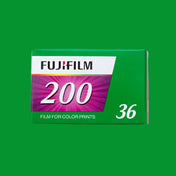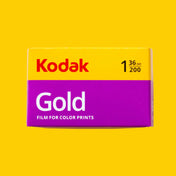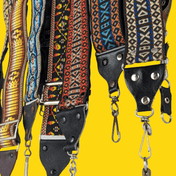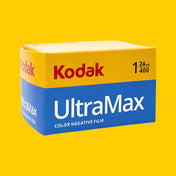In the current digital era, analogue photography, previously regarded as a relic of the past, is enjoying a revival. While smartphones and digital cameras have revolutionised the way we take and share pictures, analogue photography still has a certain allure and authenticity that cannot be matched. This essay will examine the
Olympus OM 10, a vintage film camera that provides a distinctive and rewarding photography experience.
Going back to the origins of photography is energising in a world where digital technology rules. Analogue photography relies on light-sensitive chemicals to record the scene and uses film and conventional cameras to capture photos. A classic example of a film camera that has captivated photographers for decades is the Olympus OM 10, which was first released in 1979.
What is Analog Photography?
The term "analogue photography" describes the process of taking pictures on light-sensitive film and developing and printing the results. Analogue photography relies on the chemical processes that take place when light interacts with the film as opposed to digital photography, which employs electronic sensors to record and store images digitally.
The Rise of Digital Photography
The photography industry has seen a significant transformation since the introduction of digital cameras and smartphones. With just a few touches on a screen, we can instantly examine, edit, and share our images thanks to digital photography. Many photographers now choose digital photography because of its accessibility and convenience.
The Olympus OM 10: A Classic Camera
The Olympus OM 10 is a 35mm film camera that is a part of the well-known OM System, a line of small and light SLR cameras that Olympus introduced in the 1970s. With amateurs in mind, the OM 10 offers a user-friendly experience without sacrificing quality.
Features and Specifications of the Olympus OM 10
The Olympus OM 10 is a versatile and successful camera because of a variety of characteristics. It provides an automated exposure setting for those who prefer a less complicated shooting experience as well as a manual exposure option for more seasoned users. Photographers can experiment with various focus lengths and angles thanks to the interchangeable lenses on the camera.
The Joy of Shooting with Film
One of the unique aspects of analog photography is the anticipation and excitement that comes with shooting film. Unlike digital photography, where you can instantly review your images, shooting with film requires patience and careful consideration of each shot. The limited number of exposures per roll forces photographers to slow down and truly think about composition and lighting.
Exploring the Olympus OM 10 Controls
Simple controls that are easy to use and comprehend are present on the Olympus OM 10. Thanks to the tactile feedback offered by the film advance lever, shutter speed dial, and aperture ring, photographers can fully control their shooting settings. Using the viewfinder, which offers a clear and bright image, makes it easier to compose and focus properly.
Choosing the Right Film for Your Olympus OM 10
One of the exciting aspects of analog photography is the wide variety of film stocks available. Each film has its own unique characteristics, such as colour rendition, contrast, and grain. Experimenting with different films can add a creative element to your photography, allowing you to achieve different moods and aesthetics.
Composition and Framing in Analog Photography
Composition is a fundamental aspect of photography, regardless of the medium. Analog photography encourages photographers to pay closer attention to composition and framing since there are no instant previews. By carefully considering elements such as the rule of thirds, leading lines, and negative space, photographers can create visually pleasing and compelling images.
Developing and Scanning Film
Once you have finished shooting a roll of film, the next step is to develop and process it. Developing film can be done at home or by using professional services. The developed negatives can then be scanned to create digital copies for further editing and sharing. The process of developing film adds another layer of involvement and creativity to the photographic journey.
Embracing the Imperfections of Analog Photography
Analog photography is not without its quirks and imperfections, and that's part of its charm. Light leaks, grain, and variations in colour are all characteristics that add character to analog images. Embracing these imperfections can result in unique and captivating photographs that have a distinct artistic quality.

















